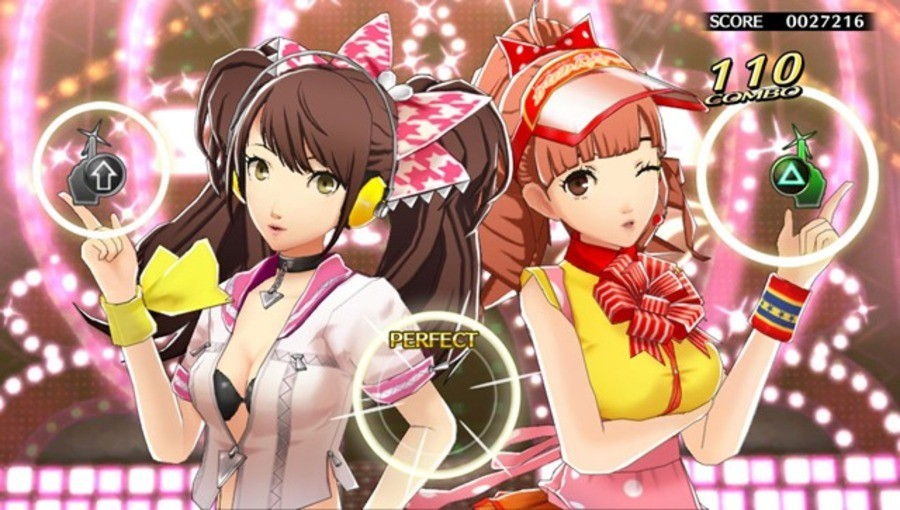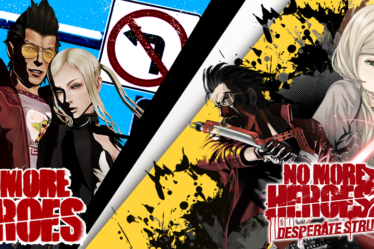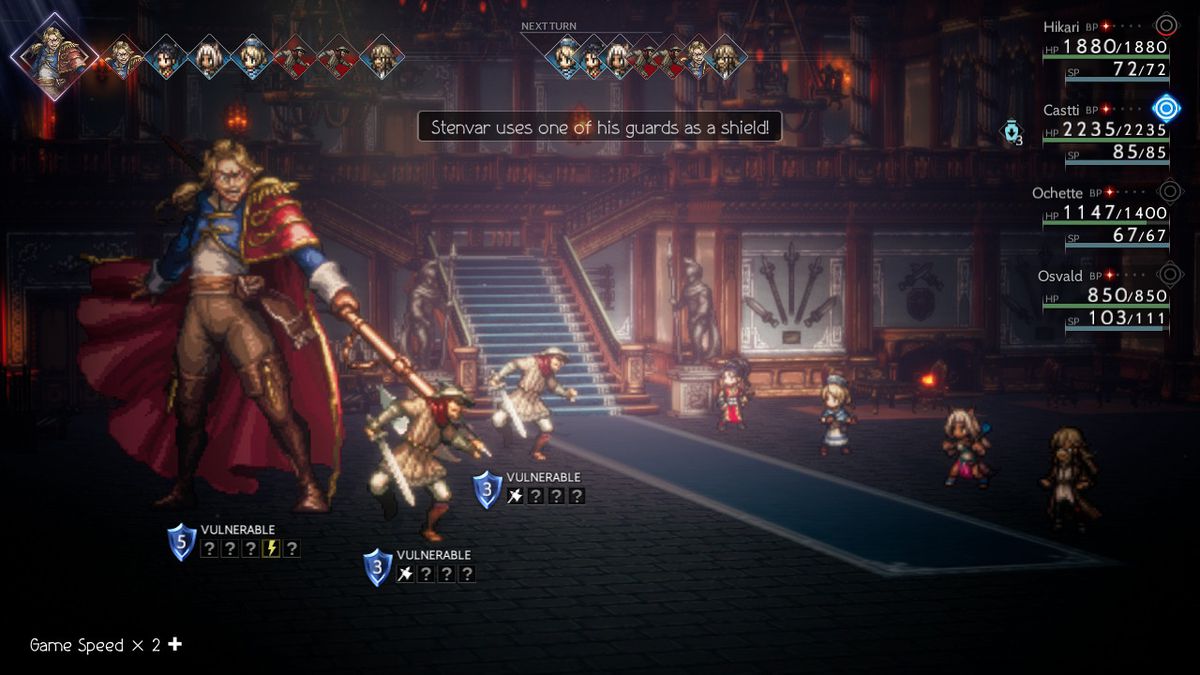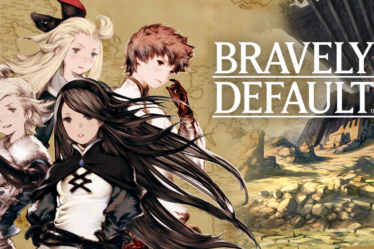
This article was originally published in Italian on GeekGamer.it in 2015.
I’ll start by saying that after Persona 4: Dancing All Night and the various spin-offs derived from the fourth entry of the namesake J-RPG series, Atlus has officially scraped the bottom of the barrel—something only Square Enix had managed to do until now. Shamelessly selling out the charisma of the protagonists from a game as complex and yet inherently pop as Persona 4 was, without a doubt, a fantastic opportunity for profit for the creators of Shin Megami Tensei, a company historically known for low-budget productions and handheld-focused titles. But there’s a limit to everything. It wasn’t enough to see Yu Narukami and friends thrown into the 2D fighting arenas of Persona 4 Arena and its sequel—they had to cash in on the Japanese market with a crossover featuring the dungeon crawler Etrian Odyssey, Persona Q: Shadow of the Labyrinth, perhaps in between episodes of not one but two anime adaptations: one based on the original version of the game and the other on the PlayStation Vita-exclusive director’s cut.
The conclusion of this shameless milking operation coincides, perhaps, with its lowest point: the rhythm game I’m about to discuss. Despite its rather detestable commercial intentions, it still manages to entertain—if you can ignore its false claims of staying faithful to the original game’s atmosphere and themes. That is, assuming the writing allows it, because in Persona 4: Dancing All Night—just like in the Arc System Works-developed fighting game—there’s an excessively verbose story mode set after the J-RPG’s epilogue, which unfolds in endless visual novel-style text screens accompanied only by the usual English audio track. Not a big deal, some would say, considering many have already grown accustomed to Atlus US’s stubborn English-only policy. But given the meager content included on the game cartridge, a little extra effort from them would have been more than welcome. That said, my advice? Skip the story mode entirely (only for die-hard fans, like the ones who follow this Reddit page or somehow managed to enjoy the anime adaptation despite its atrocious technical quality) and dive straight into the free dance mode right after the gorgeous opening sequence. This is where you’ll immediately get acquainted with the gameplay mechanics of a title clearly inspired by the philosophy behind SEGA’s Project Diva series—the rhythm game dedicated to Hatsune Miku. It’s no coincidence that Persona 4: Dancing All Night is co-developed by Dingo, the team that has been handling the Vocaloid idol’s gaming adaptations for years. That’s precisely why the gameplay might feel familiar to fans of the cyan-haired digital diva.
With a soundtrack curated by Shoji Meguro—one of the strongest aspects of the Shin Megami Tensei series—the only real question mark surrounding a Persona rhythm game was its actual gameplay structure. But, just like with the fighting game and dungeon crawler spin-offs, Atlus once again outsourced development to a specialized team so it could focus on the aesthetic and narrative aspects. This explains why the gameplay is so simple and immediate: you follow an on-screen sequence of button prompts, pressing them in time with the music. The UI features concentric circles radiating outward from the center of the PS Vita’s OLED screen, visually cueing when to hit each button. Additionally, there are optional commands executed with the analog sticks to “scratch” the disc—perfect for those feeling extra flashy and aiming for high scores to impress their friends. But at its core, the gameplay revolves around holding or tapping six buttons in rhythm while trying to keep up with the visual chaos—flashing effects, dance routines, and an avalanche of on-screen prompts. It’s basically a chaotic DDR for your fingers.
The game’s extravagant visual spectacle—neon colors, extreme contrasts, and beautifully animated yet practically useless dance moves—clashes terribly with its arcade nature. If played with default settings, even the songs get drowned out by the protagonists’ constant and intrusive voice lines, which become repetitive in less than a minute. While these can thankfully be adjusted in the settings, the overall UI could have been designed to be more readable. But honestly, it feels unfair to blame Atlus for this: they’ve pulled out all the stops for Persona 4: Dancing All Night, delivering an exceptional technical presentation with incredibly detailed character models, finely animated dance moves, and expressive facial animations. Not even Persona 4: The Golden—the enhanced PS Vita port of the original game—had such an impressive visual overhaul. This bodes well for the long-awaited fifth installment of the series, set to launch next year on PS3 and PS4. Highlighting the effort put in by the graphics team is the sheer number of costumes, accessories, and characters from the original game, spin-offs, and anime adaptations—some unlockable through gameplay, others available as free or paid DLC.
If not for the visually overwhelming UI, Persona 4: Dancing All Night’s gameplay would be just as engaging as SEGA’s celebrated Project Diva series, especially on higher difficulty settings. That is, of course, if you’re willing to compromise on the tracklist, which, unsurprisingly, is theme-based and far from extensive: we’re talking about little more than twenty songs, including those locked behind paid DLC. Alongside familiar tracks from the original game, the setlist features several remixes and rearrangements by renowned composers from the Japanese entertainment industry, including Akira Yamaoka, the legendary Silent Hill composer. While not all of these tracks are particularly memorable, series fans can rest assured that the rhythm game is worth a portion of their free time—perhaps while waiting for that Persona 5, which has been taking far too long to arrive.
Far from being a rhythm game for everyone—whether due to its wordy and forgettable story mode or its clear status as a fan-targeted title—Persona 4: Dancing All Night boasts exceptional visuals and a captivating soundtrack. The flaws are there, and they’re hard to ignore, but considering the target audience of this commercial endeavor, they might not be deal-breakers after all.
Oh, and before I forget: Chie Best Girl!


